Eleutherococcus senticosus
Eleutherococcus senticosus
1. The products in our compound library are selected from thousands of unique natural products; 2. It has the characteristics of diverse structure, diverse sources and wide coverage of activities; 3. Provide information on the activity of products from major journals, patents and research reports around the world, providing theoretical direction and research basis for further research and screening; 4. Free combination according to the type, source, target and disease of natural product; 5. The compound powder is placed in a covered tube and then discharged into a 10 x 10 cryostat; 6. Transport in ice pack or dry ice pack. Please store it at -20 °C as soon as possible after receiving the product, and use it as soon as possible after opening.

Natural products/compounds from Eleutherococcus senticosus
- Cat.No. Product Name CAS Number COA
-
BCN8306
Methyl Oleate112-62-9
Instructions

-
BCN1082
Ciwujianoside B114902-16-8
Instructions
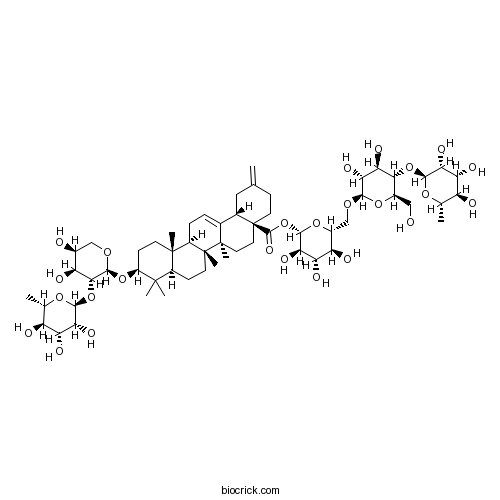
-
BCN6049
Quercetin117-39-5
Instructions
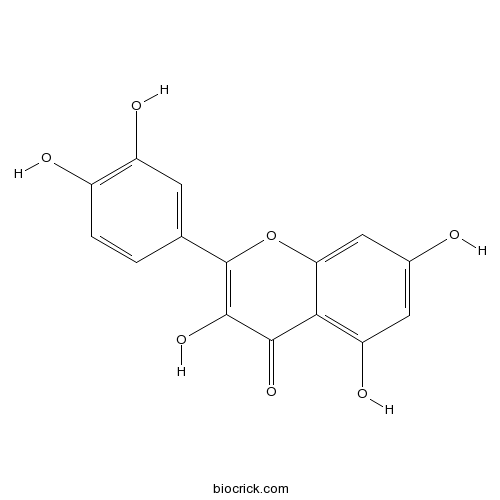
-
BCN6059
Syringin118-34-3
Instructions

-
BCN6088
Scoparone120-08-1
Instructions
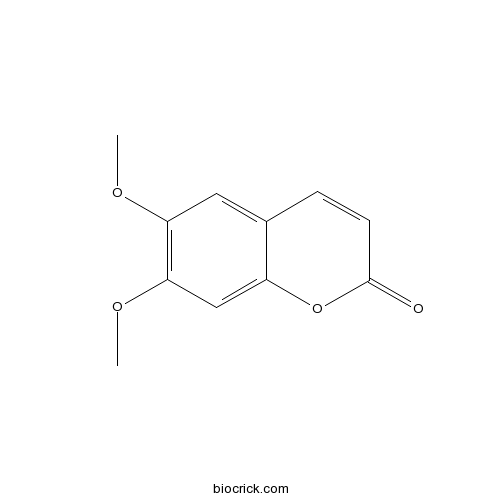
-
BCN6103
1,2-Benzenediol120-80-9
Instructions
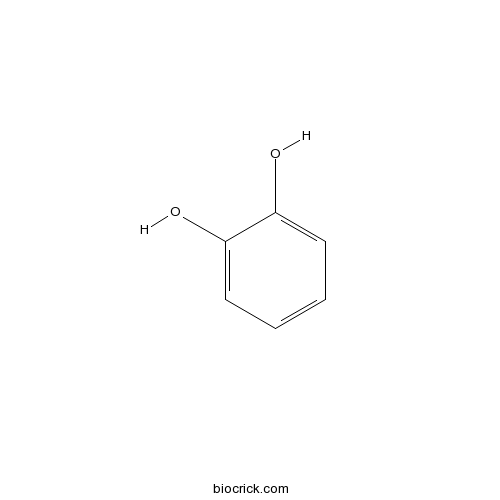
-
BCN2605
Vanillin121-33-5
Instructions
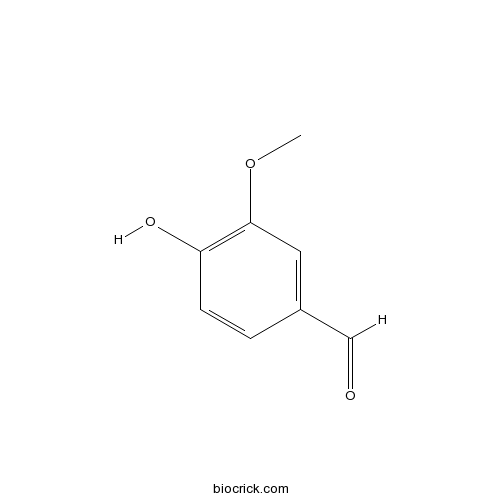
-
BCN6105
Vanillic acid121-34-6
Instructions
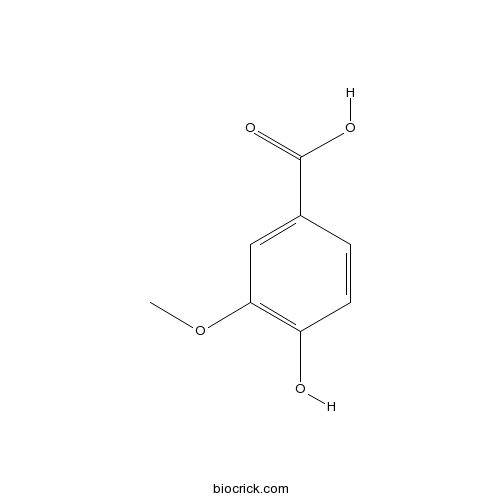
-
BCN6186
4-Hydroxy-3,5-dimethoxybenzaldehyde134-96-3
Instructions
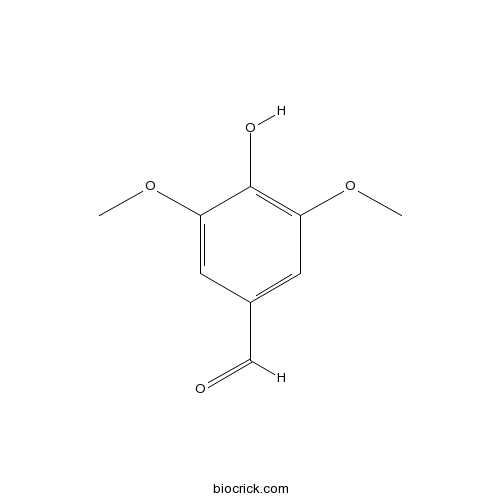
-
BCC8957
Episyringaresinol 4'-O-β-D-glncopyranoside137038-13-2
Instructions

-
BCN1684
Rutin153-18-4
Instructions
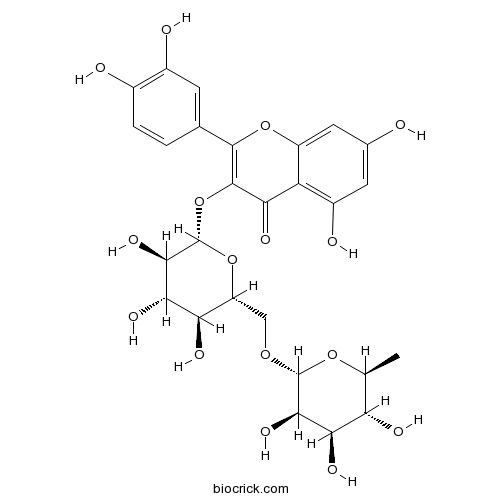
-
BCN5206
Amygdalin29883-15-6
Instructions

-
BCN1085
Hederasaponin B36284-77-2
Instructions

-
BCN1083
Eleutheroside E39432-56-9
Instructions
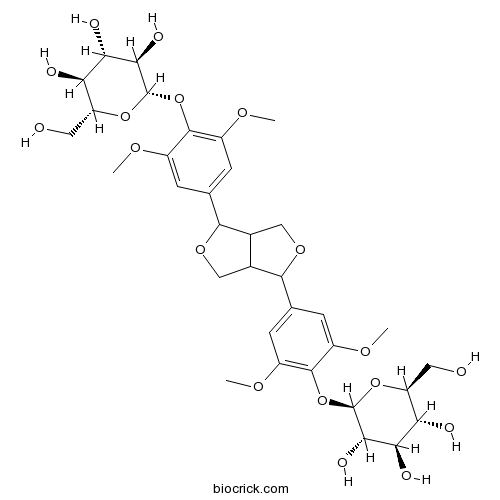
-
BCN5531
Daucosterol474-58-8
Instructions
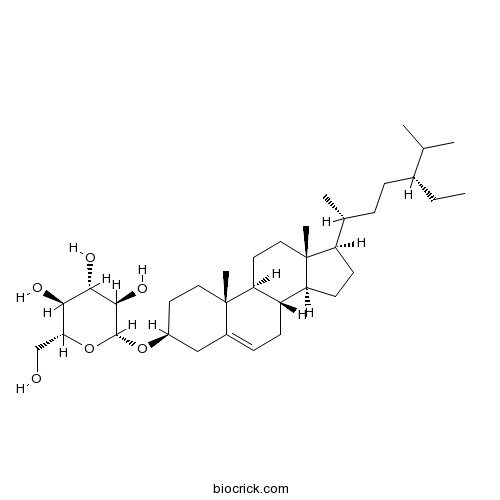
-
BCN5560
Acacetin480-44-4
Instructions

-
BCN2327
Isofraxidin486-21-5
Instructions
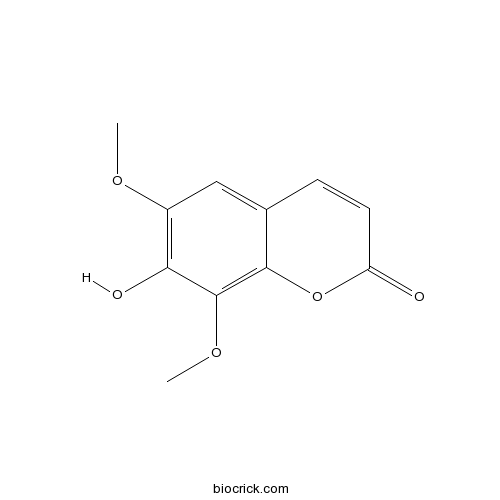
-
BCN5608
2-(4-Hydroxyphenyl)ethanol501-94-0
Instructions
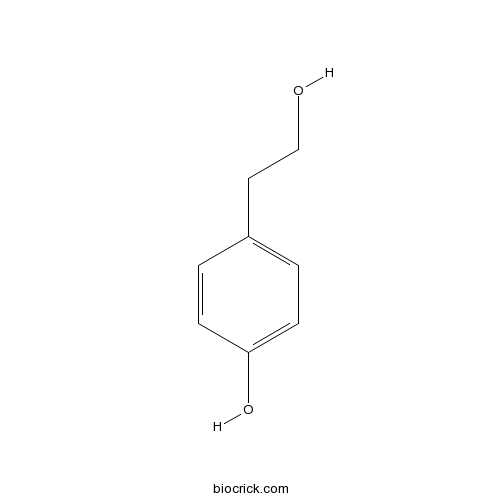
-
BCN5616
Oleanolic acid508-02-1
Instructions

-
BCN5665
Quercitrin522-12-3
Instructions
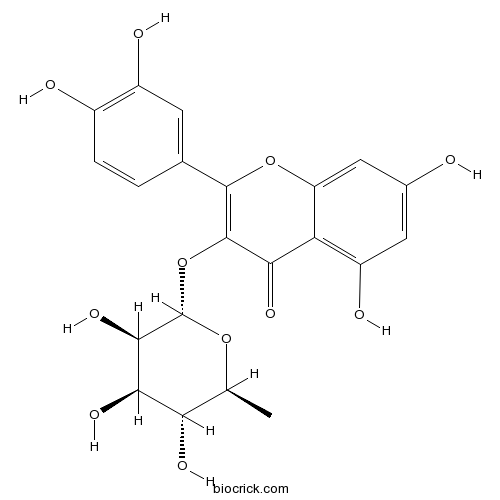
-
BCN5699
Syringic acid530-57-4
Instructions

-
BCN5891
Daidzin552-66-9
Instructions

-
BCN4123
Sesamin607-80-7
Instructions
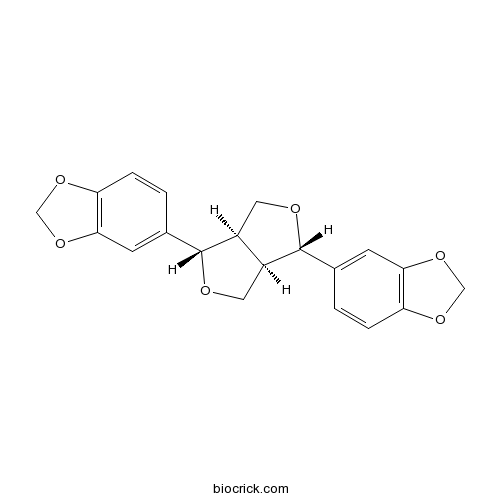
-
BCN2502
Isovanillin621-59-0
Instructions

-
BCN5336
Eleutheroside D79484-75-6
Instructions
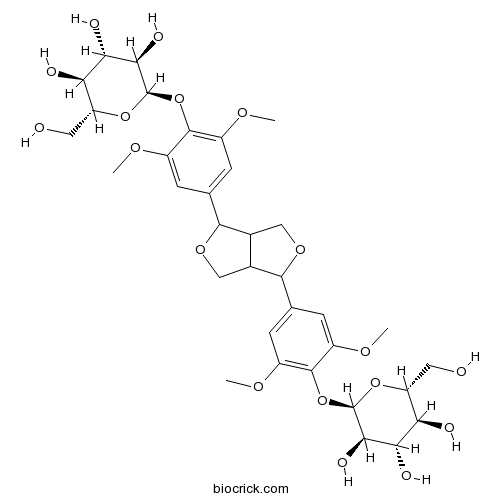
-
BCN4470
Scopoletin92-61-5
Instructions

Brief Challenges on Medicinal Plants: An Eye-Opening Look at Ageing-Related Disorders.[Pubmed: 29369521]
Several studies have reported that nature-derived antioxidants may prevent free radicals over-production and therefore control the onset and prevent the exacerbation of different kinds of diseases caused by oxidative stress and redox-derived stressors, including ageing, fundamentally by suppressing the oxidative by-products-mediated degradation. Naturally derived antioxidants exert their anti-ageing action via a panoply of signalling systems, many of which engaging reactive oxygen and nitrogen species scavenging, with the Nrf2/Keap1-ARE system and improving the many survival genes and functions (such as the pathway mTOR/Foxo/SIRT1) able to slow cellular senescence. Most of the research in this field has evaluated the regulative effects and even pathways of herbal extracts with antioxidant property in the ageing process, and various age-related disorders such as cardiovascular disease, ischaemia-reperfusion injury, coronary and myocardial circulatory perfusion, peripheral vascular resistance, and even neurodegenerative disorders are prevented plant phytochemicals often via their antioxidant potential. A much more complex ability to interact with survival functions makes these compounds successfully active in preventing ageing-related disorders. This report aimed to discuss in more detail some selected medicinal plants including Allium sativum, Aloe vera, Crataegus spp., Cynara scolymus, Eleutherococcus senticosus, Ginkgo biloba, Hippophae rhamnoides, Panax ginseng, Rosmarinus officinalis, Schizandra chinensis, Vitis vinifera and seaweeds in the prevention of ageing-related pathologies. A systematic overview of the relevant information in the antioxidant function of the many herbal products reviewed here for the control of the ageing process is proposed, to provide a new horizon on the design of anti-ageing herbal medicines.
Caspase-3/MAPK pathways as main regulators of the apoptotic effect of the phyto-mediated synthesized silver nanoparticle from dried stem of Eleutherococcus senticosus in human cancer cells.[Pubmed: 29331758]
Siberian ginseng (Eleutherococcus senticosus) was used for the synthesis of an ecofriendly silver nanoparticle (Sg-AgNP), which has exhibited antibacterial, antioxidant effect and lower cytotoxicity to normal cells in comparison to human cancer cells. Although, the potential anticancer activity of Sg-AgNP has not been determined. In this study, two cancer cell lines were used to evaluate the cytotoxicity and apoptotic effect of Sg-AgNP along with the determination of the role of the Caspase-3 / p38 MAPK pathways. Results shown that Sg-AgNP reduced the cell viability of colon cancer cells HT29 and lung cancer cells A549. The cytotoxic effect was higher than the effect exhibited by a commercial silver nanoparticle and Cisplatin. Reactive oxygen species were observed to be superior in both cell lines in the presence of Sg-AgNPs than c-AgNPs and Cisplatin. It was observed an activation of MAPK14 gene and phosphorylation of p38 MAPK protein in both cell lines induced by Sg-AgNPs treatment. Furthermore, induction of morphological changes in the nucleus was done by Sg-AgNPs at 10 μg/mL in both cell lines. On the other hands, the activation of CASP3 gene and Caspase-3 protein was observed in HT29 cells but only at protein level in A549 cells. These results, suggest that Sg-AgNPs anticancer potential activity might be linked to the induction of apoptosis though the generation of ROS by activation of the Caspase-3/p38 MAPK pathway.
Authentication of Eleutherococcus and Rhodiola herbal supplement products in the United Kingdom.[Pubmed: 29154110]
Siberian ginseng (Eleutherococcus senticosus, Araliaceae) and roseroot (Rhodiola rosea, Rosaceae) are popular herbal supplements which have been shown to improve resilience to conditions such as stress and exhaustion. Using DNA barcoding methods we tested 25 Siberian ginseng and 14 roseroot products which are widely available to UK customers to test whether the herbal ingredient stated on the label is also in the product. All Siberian ginseng supplements contained E. senticosus, however, 36% also contained an Eleutherococcus species other than E. senticosus. In three out of the 13 roseroot products which produced amplifiable DNA, we could only retrieve sequences matching alfalfa (declared on the product label) and fenugreek (not declared). In the other 10 supplements Rhodiola was detected but only five matched the target species R. rosea. As DNA can get severely degraded during the manufacturing process we did not take the absence of Rhodiola DNA as proof for a compromised product. Contamination could explain the presence of non-target species such as fenugreek but is unlikely to be account for the detection of congeneric Rhodiola species in roseroot preparations. Our results therefore suggest that the substitution or mixing of the target medicinal ingredient in these two popular supplements with other species is common.


